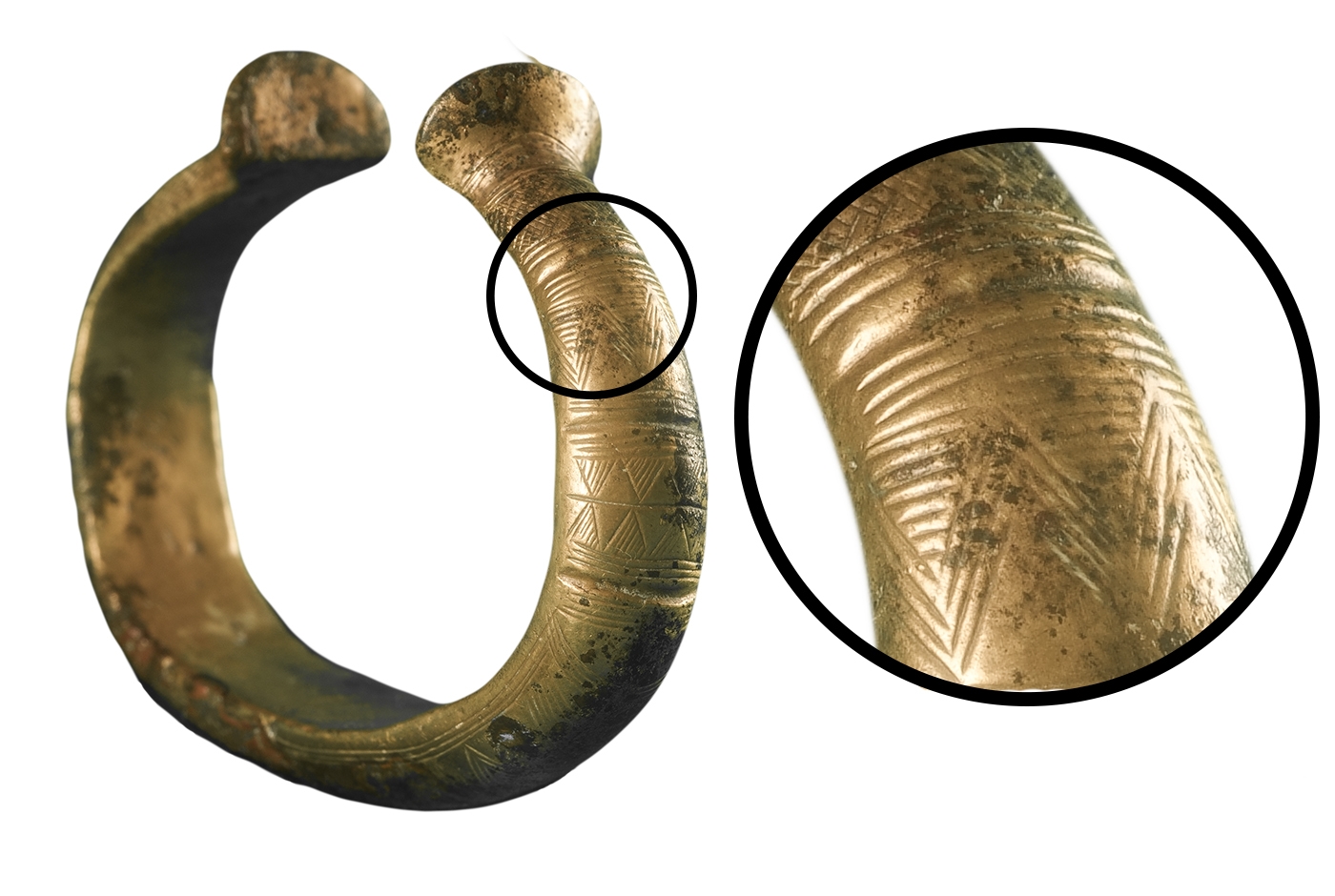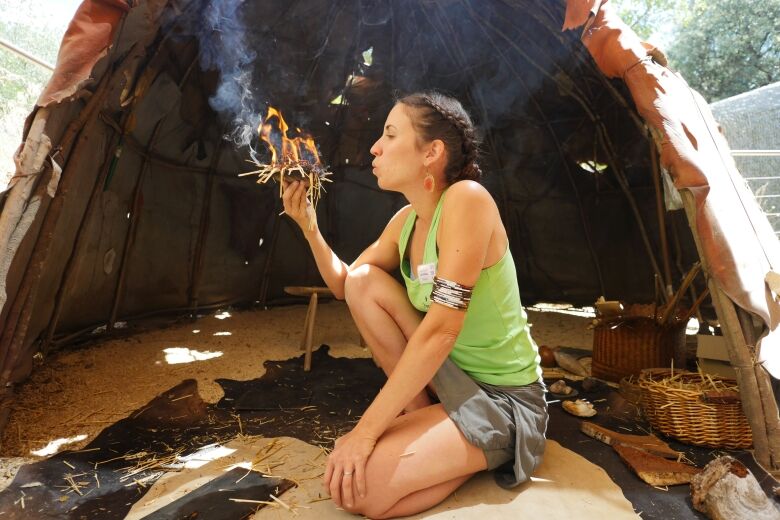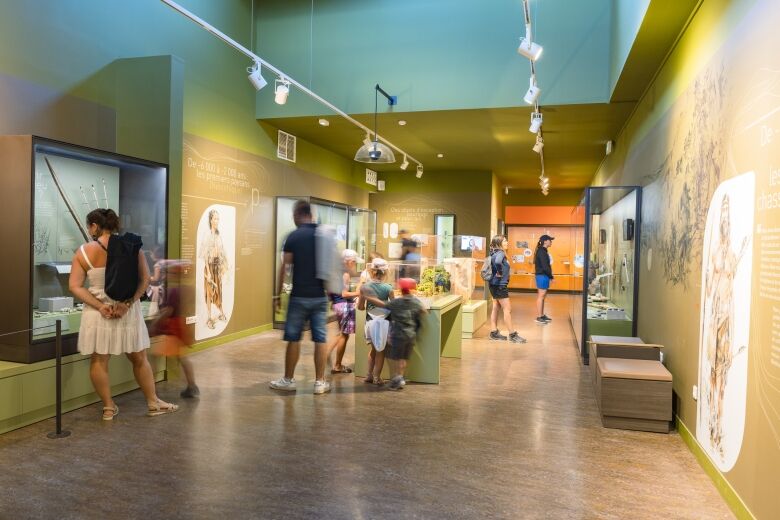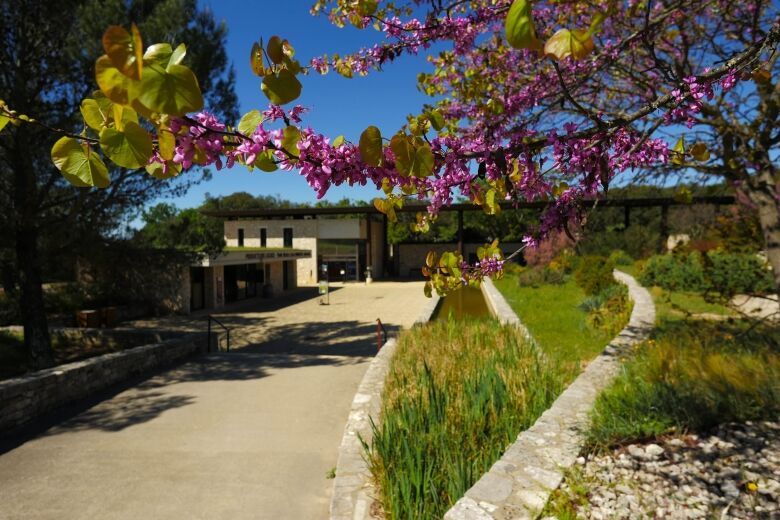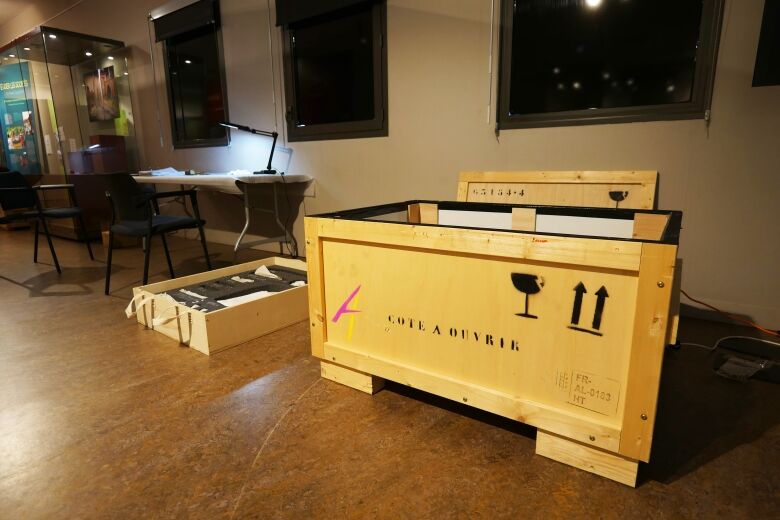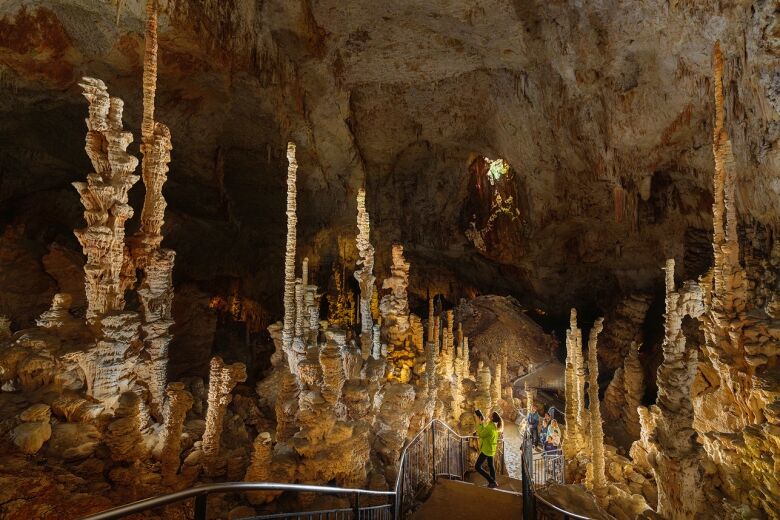Cave bear skull
VEGETARIAN
BEARS!
Cave
bears (Ursus
Spelaeus)
were massive animals, with large males weighing up
to 500 kg and reaching up to 3.5 m
tall.
They lived in temperate and cold climates and had a mainly
herbivorous diet.
They hibernated in caves and left many bone remains
that provide abundant information about their anatomy
and behavior.
Emerging
around 120,000 years ago, this species probably began to disappear
around 24,000 years ago, during the last glacial maximum.
-
Where
to see them?
Middle Paleolithic room. BEAR display -
How
old are they?
These remains are undated but Ursus spelaeus lived in western Europe from around 120,000 to 22,000 years ago -
How
were they found?
These remains were found in 1966 in the Gorges de l’Ardèche, in the commune of Saint-Remèze (07) when the entrance of an underground tunnel, opening onto a vast porch at the foot of a stone massif, was cleared. The site was not excavated but looting was observed after the discovery. The surface remains were collected in 2017 with authorization of the Regional Archaeology Service. -
Dimensions
Length: 400 mm; width: 250 mm; height: 250 mm; weight: 1100 g
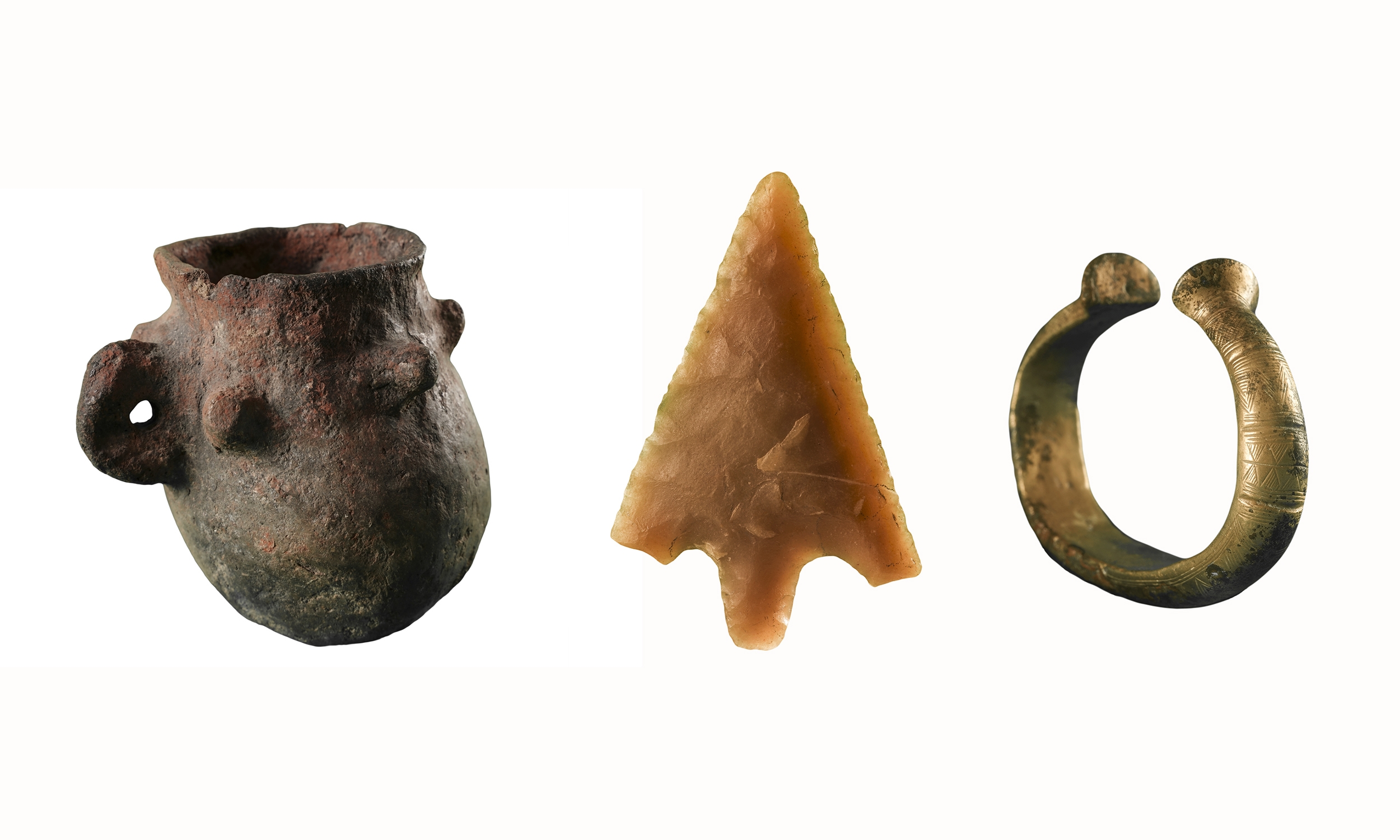
.jpg)
.jpg)
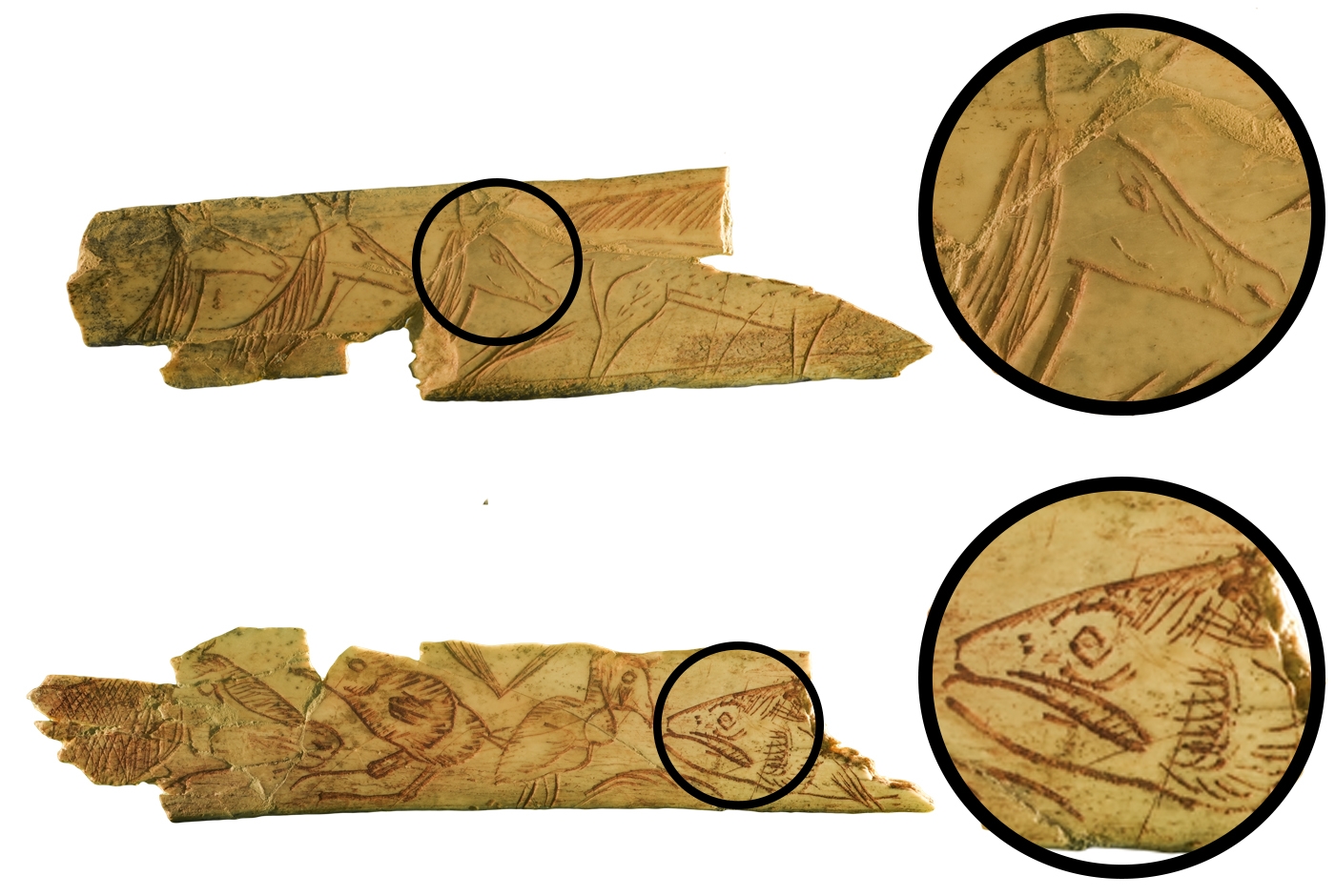
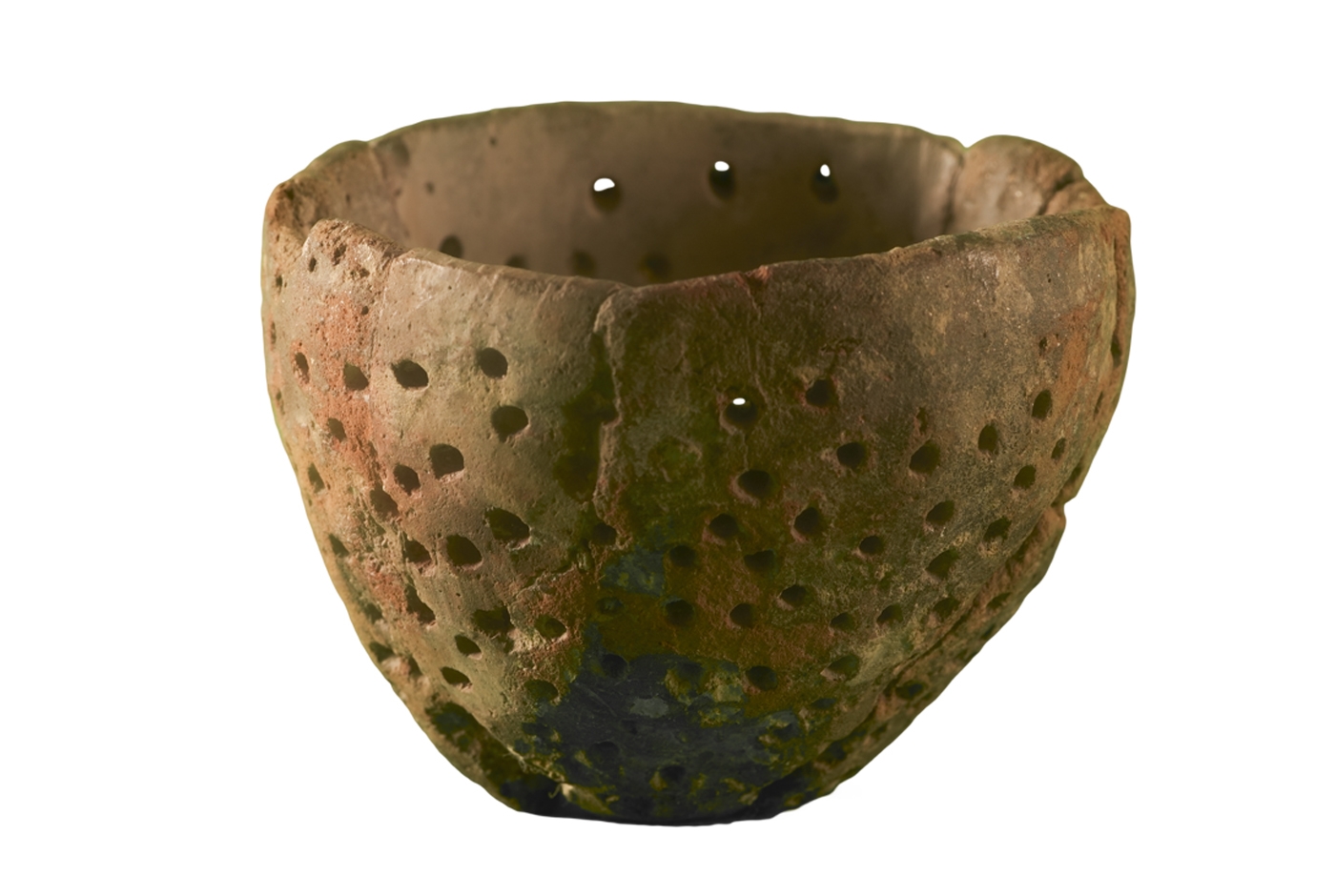
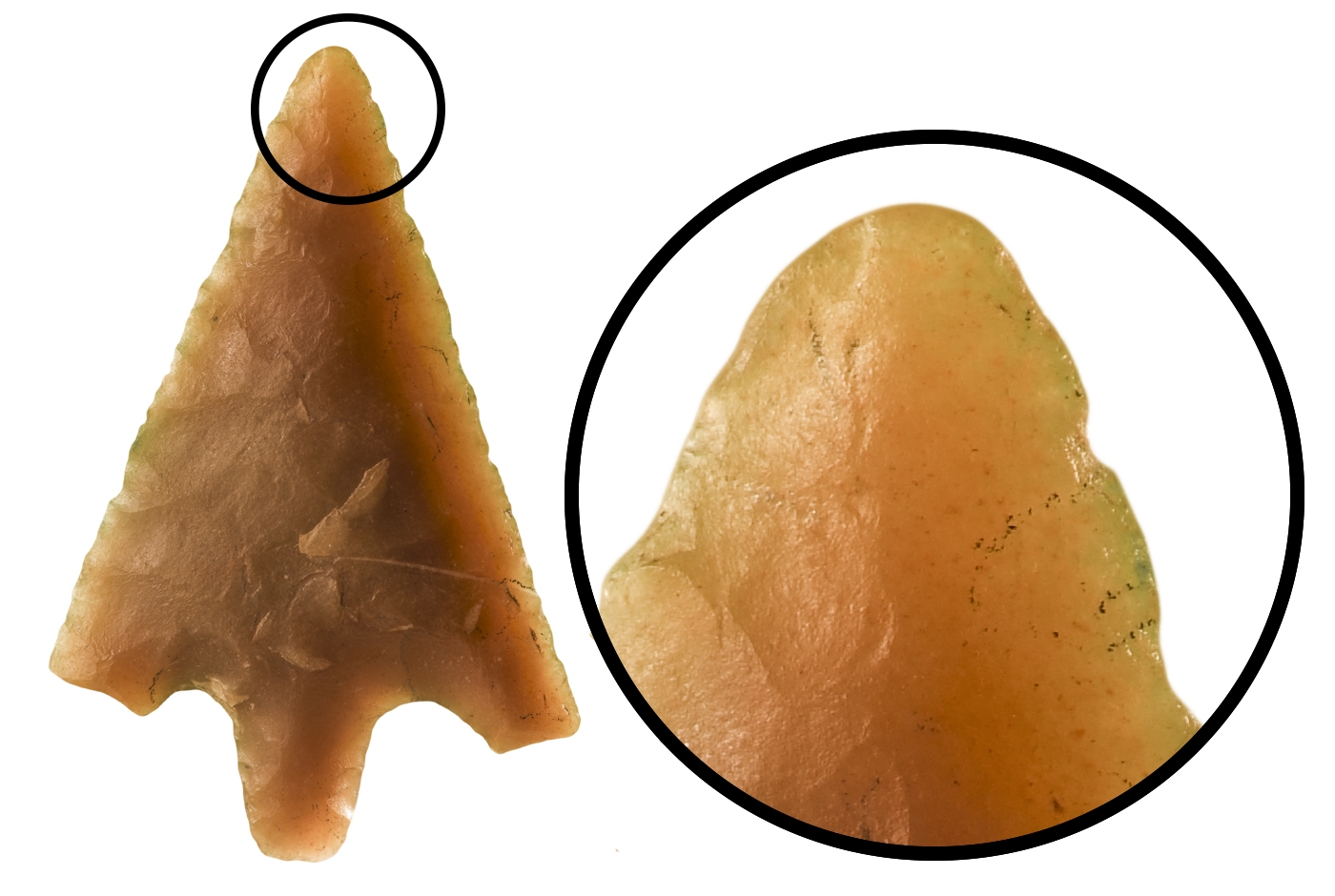
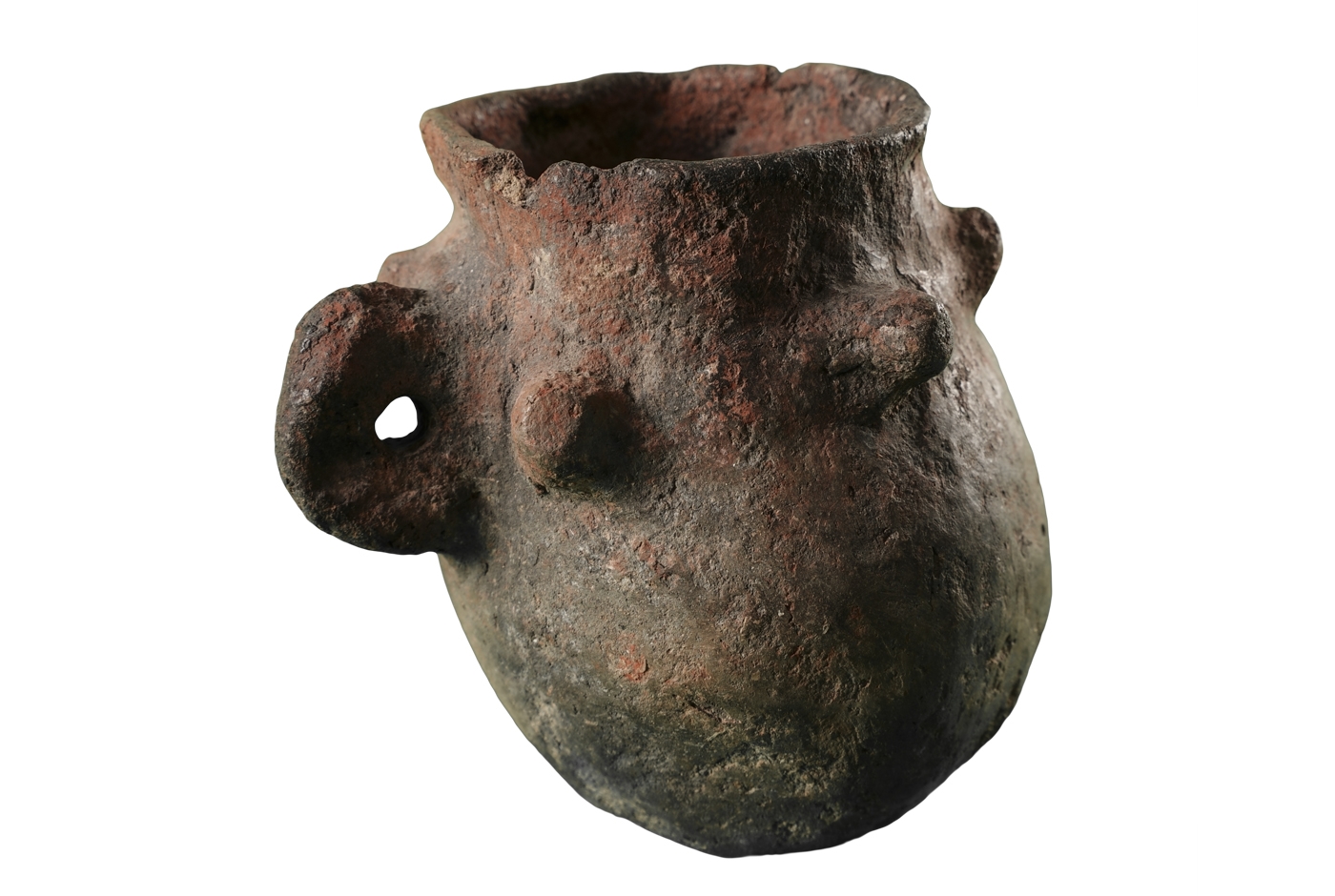
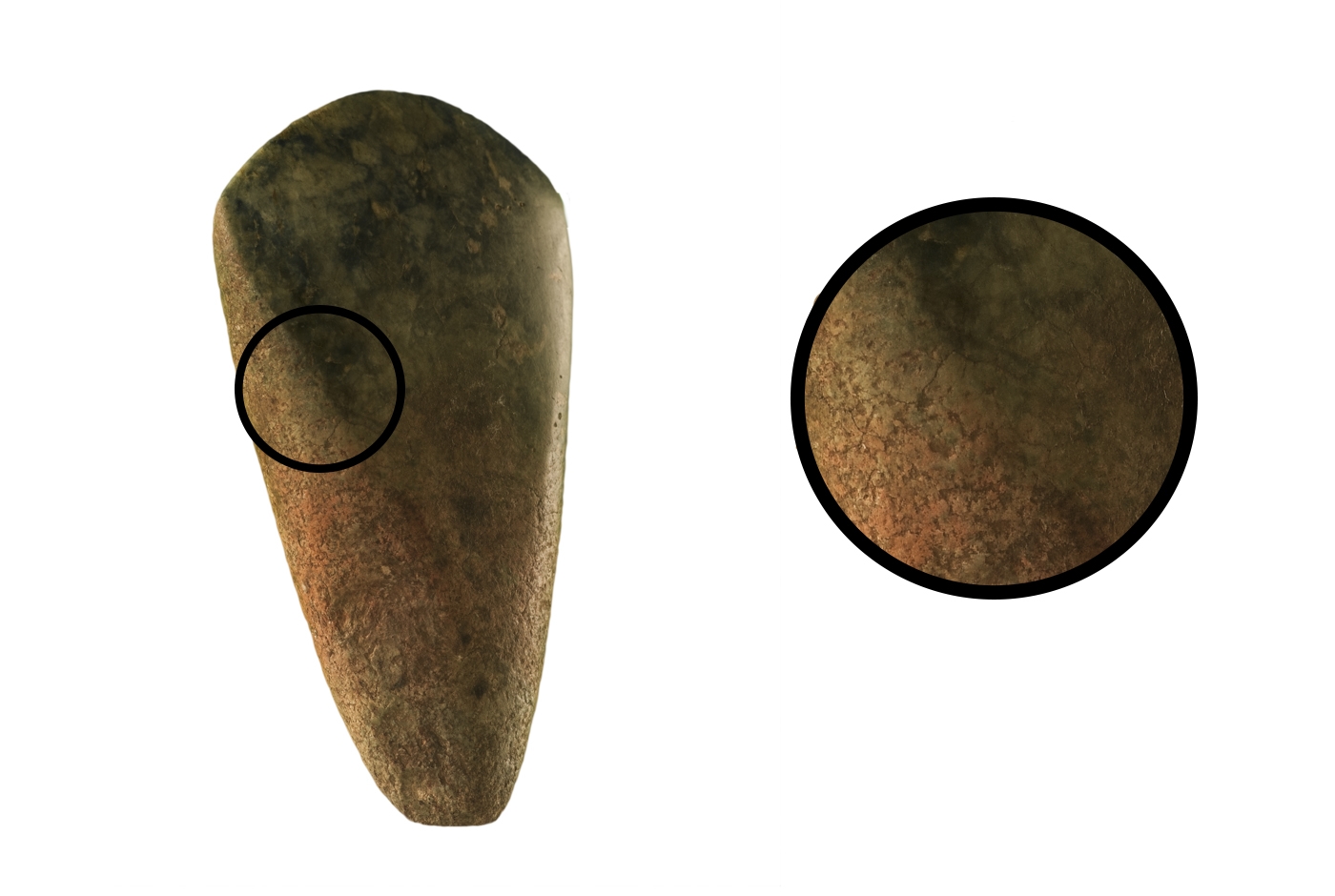
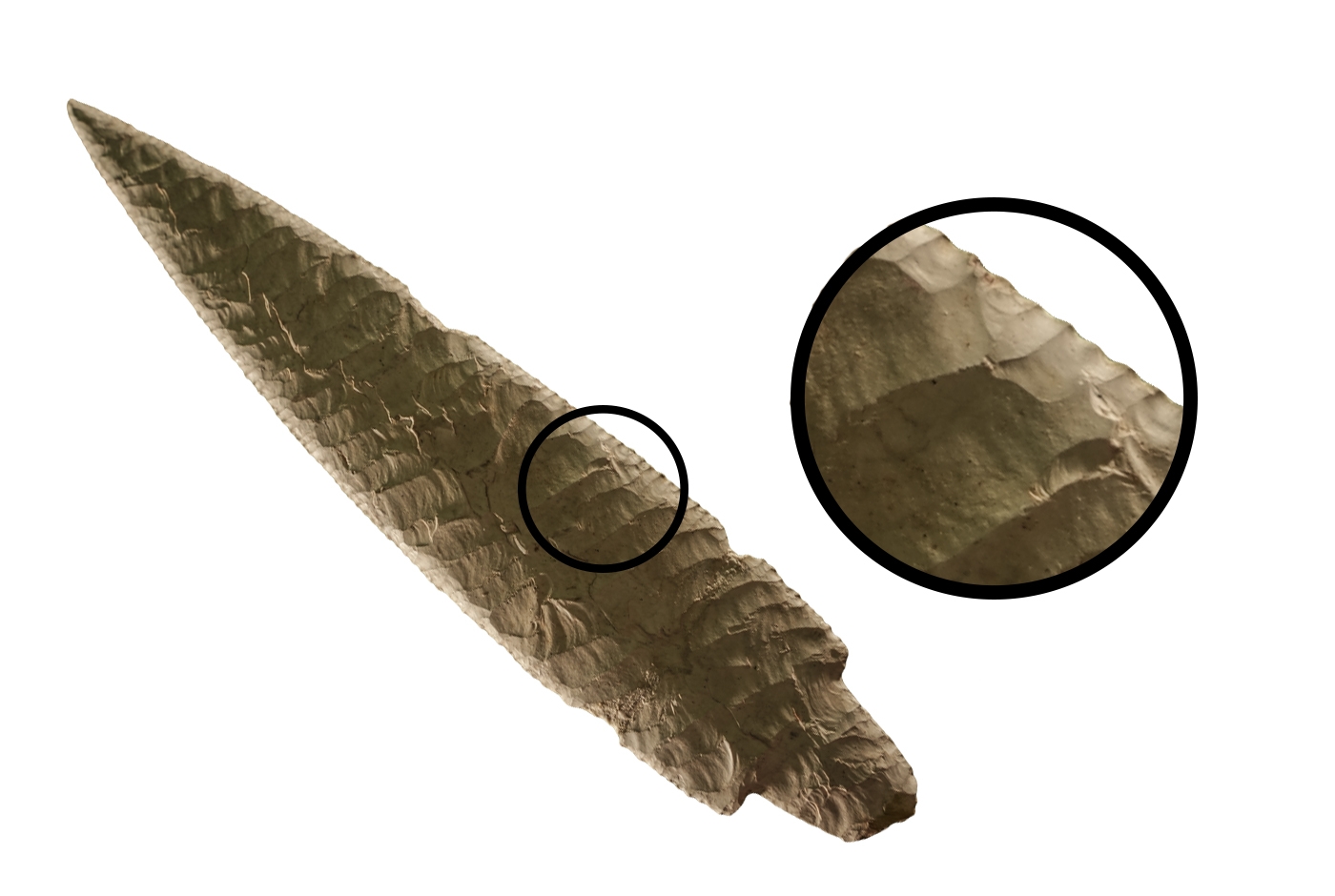
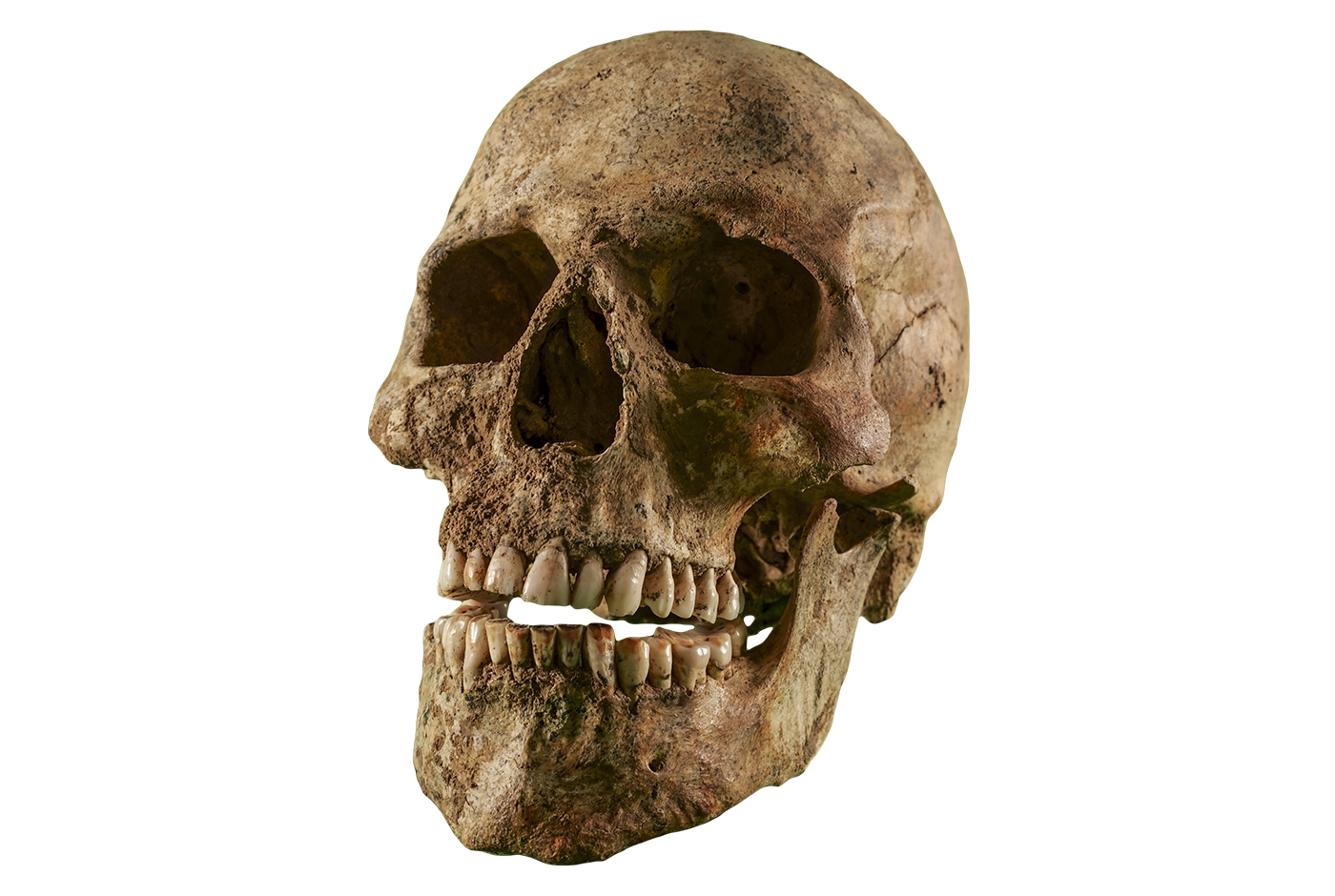
.jpg)
